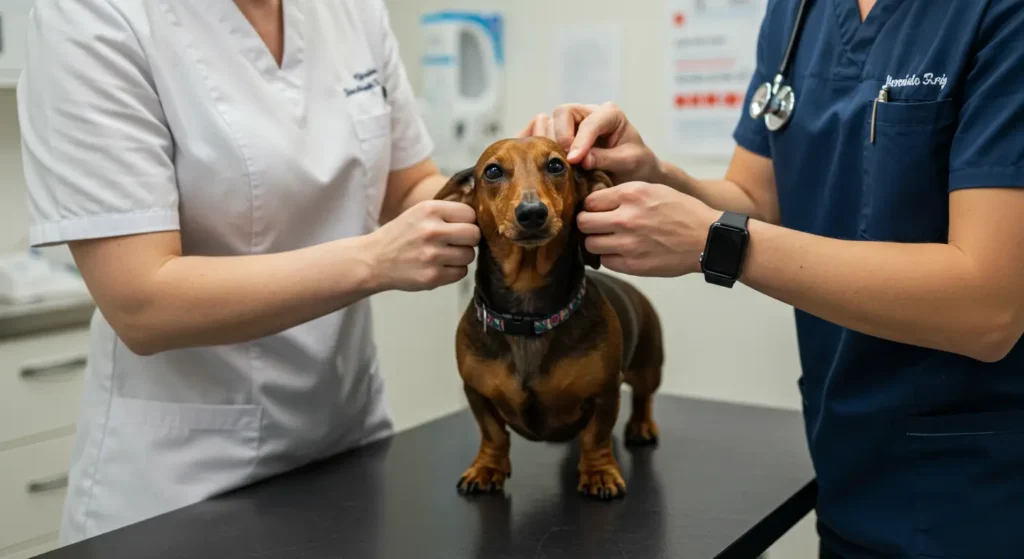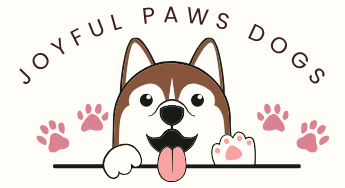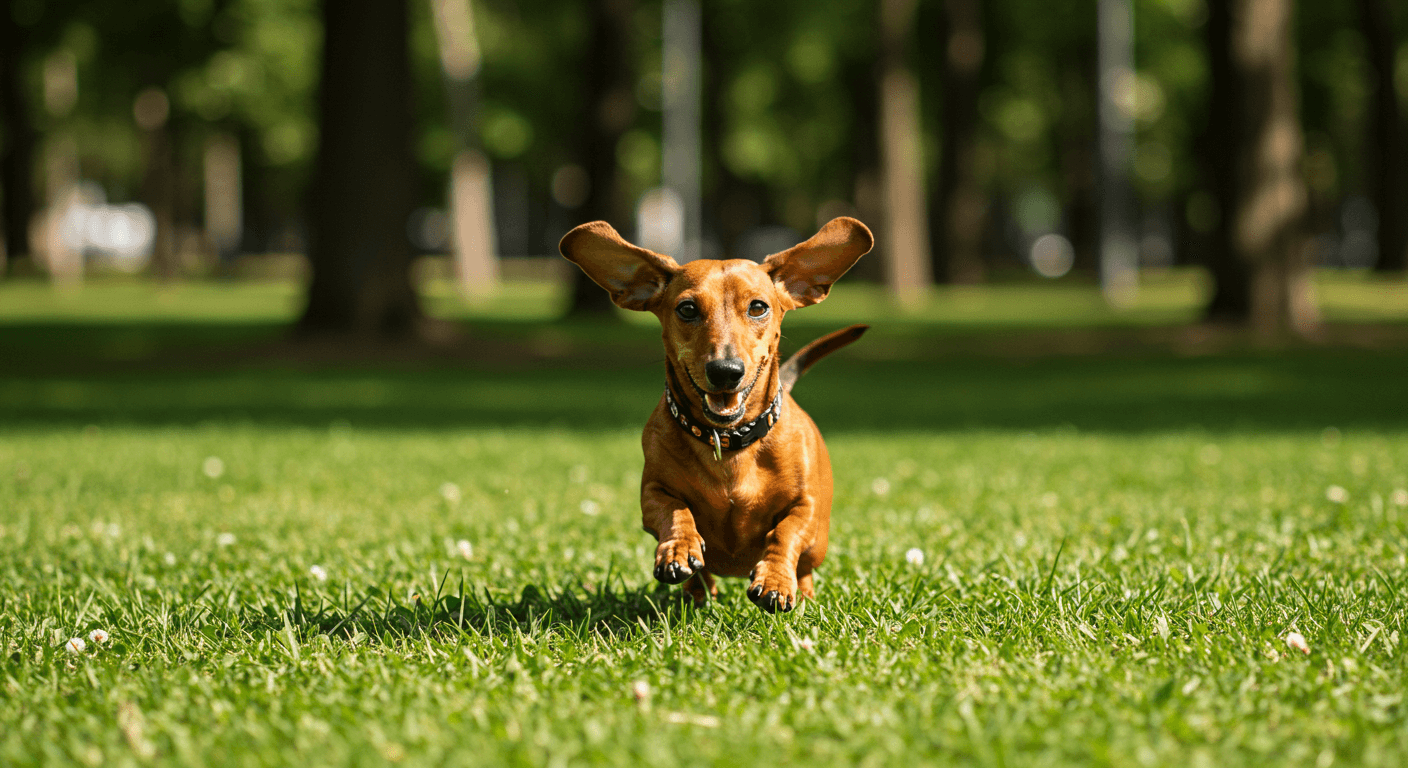Having a Dachshund can be a joyful and rewarding experience. With their quirky personalities, playful nature, and unmistakable appearance, these little dogs quickly become beloved members of any household. But just like any breed, Dachshunds have their own unique health needs and challenges. As a responsible pet owner, it’s essential to understand these needs to ensure your Dachshund lives a long, healthy, and happy life.
In this article, we’ll dive into 10 essential health and care tips that every Dachshund owner should know. These tips are designed to help you take the best possible care of your furry companion, from maintaining their health to preventing common issues. Let’s explore how you can give your Dachshund the care they deserve.
Table of Contents
Understanding Dachshund Health: Unique Needs and Common Issues
Dachshunds are a small breed with distinct physical traits that make them both adorable and prone to certain health problems. Their long, elongated bodies and short legs are charming, but these characteristics also contribute to unique health challenges.
Common Health Issues in Dachshunds:
- Intervertebral Disc Disease (IVDD): One of the most common health problems in Dachshunds, IVDD affects their spine. Their long backs make them more susceptible to disc issues, which can lead to pain or even paralysis if not treated promptly.
- Obesity: Due to their small size, it’s easy to overfeed a Dachshund, but carrying extra weight can lead to joint and back problems. It’s crucial to monitor their diet and maintain a healthy weight.
- Hip Dysplasia: While more common in larger dogs, hip dysplasia can also affect Dachshunds. This condition occurs when the hip joint doesn’t develop properly, leading to discomfort and mobility issues.
Being aware of these common health issues is the first step in taking proper care of your Dachshund. By staying proactive, you can prevent or minimize the impact of these conditions.
Tip #1: Maintain a Healthy Weight to Prevent Health Problems
One of the most effective ways to protect your Dachshund’s health is by ensuring they maintain a healthy weight. Extra pounds put unnecessary pressure on their spine, joints, and organs, increasing the risk of developing conditions like IVDD and hip dysplasia.
How to Maintain a Healthy Weight:
- Portion Control: Measure your Dachshund’s food to avoid overfeeding. Many owners unknowingly give too much food, which leads to weight gain.
- Healthy Treats: Use low-calorie treats and avoid giving table scraps, which can be high in fat and empty calories.
- Exercise: Regular physical activity is essential for weight management. Daily walks and playtime are great ways to keep your Dachshund active and fit.
By keeping your Dachshund at a healthy weight, you help them avoid a range of health problems, ensuring they stay comfortable and active.
Tip #2: Regular Exercise Keeps Your Dachshund Fit
Although Dachshunds are small, they still need regular exercise to stay healthy. Exercise helps keep their muscles strong, supports joint health, and prevents obesity. However, because they are small and have short legs, you should tailor their exercise routine to avoid overexertion.
Recommended Exercises for Dachshunds:
- Daily Walks: Aim for at least 30 minutes of walking each day. This helps them burn off calories and keeps their body in good shape.
- Interactive Play: Games like fetch or tug-of-war can provide excellent exercise without putting undue strain on their joints.
- Low-Impact Activities: Swimming or gentle, slow-paced walks are ideal for Dachshunds with back or joint issues, as they provide exercise without the risk of injury.
Consistent exercise will help your Dachshund stay healthy and happy. Just remember, moderation is key to prevent injuries, especially to their delicate back.
Tip #3: Protect Your Dachshund’s Spine
Because of their long backs, Dachshunds are particularly prone to Intervertebral Disc Disease (IVDD). This condition can cause severe pain, immobility, and even paralysis if left untreated. Protecting your Dachshund’s spine is crucial for their long-term health.

How to Protect Your Dachshund’s Back:
- Avoid Jumping: Prevent your Dachshund from jumping on or off furniture, as this can put unnecessary strain on their spine. Use ramps or pet stairs to help them safely get on and off high places.
- Support Their Back When Lifting: Always lift your Dachshund with support for their chest and back, never just by their front legs. Avoid sudden movements or jerking motions that could strain their spine.
By taking these precautions, you can significantly reduce the risk of IVDD and other back-related issues in your Dachshund.
Tip #4: Feed a Nutrient-Rich, Balanced Diet
A healthy diet is essential to your Dachshund’s overall well-being. Proper nutrition helps maintain their weight, supports their energy levels, and keeps their coat healthy. Providing the right balance of nutrients ensures your Dachshund has the energy to stay active and strong.

What to Look for in Dachshund Food:
- High-Quality Protein: Choose foods that list high-quality protein sources like chicken, turkey, or lamb as the first ingredient.
- Omega Fatty Acids: Omega-3 and omega-6 fatty acids are great for promoting a shiny coat and supporting joint health.
- Joint-Supporting Ingredients: Look for food that contains glucosamine and chondroitin to support your Dachshund’s joints, especially as they age.
By providing a balanced diet, you ensure your Dachshund’s long-term health, from their coat to their joints.
Tip #5: Groom Regularly for Comfort and Health
Dachshunds have three unique coat types: smooth, longhaired, and wirehaired. Regardless of the coat type, regular grooming is essential for their health. Grooming helps prevent matting, removes dirt, and can alert you to potential skin issues before they become serious.

Grooming Tips for Dachshunds:
- Brushing: Smooth Dachshunds only need brushing once a week, while longhaired and wirehaired Dachshunds need more frequent grooming to prevent mats and tangles.
- Nail Trimming: Regular nail trimming is necessary to avoid discomfort and prevent injury to your Dachshund’s paws.
- Ear Care: Dachshunds have floppy ears, which can trap moisture and debris. Regular cleaning helps prevent ear infections.
A good grooming routine not only keeps your Dachshund looking great but also promotes their overall health.
Tip #6: Regular Vet Checkups Are Essential
Routine vet checkups are critical for all dogs, but they’re especially important for Dachshunds due to their unique health concerns. Regular visits to the vet help catch problems early, allowing for prompt treatment and better outcomes.

What to Expect During a Vet Checkup:
- Annual Physical Exams: These are important to check for common conditions like IVDD, heart disease, and dental issues.
- Vaccinations: Keep your Dachshund up-to-date with their vaccinations to protect them from preventable diseases.
- Dental Care: Dachshunds are prone to dental problems, so regular teeth cleanings and checkups are essential for oral health.
Regular checkups give you peace of mind and ensure your Dachshund is living their healthiest life.
Tip #7: Provide Mental Stimulation to Keep Your Dachshund Sharp
Dachshunds are intelligent dogs that need mental stimulation just as much as physical exercise. Without it, they can become bored, which may lead to destructive behaviors. Keeping your Dachshund mentally active is crucial for their well-being.
How to Stimulate Your Dachshund’s Mind:
- Puzzle Toys: Interactive toys are a great way to challenge your Dachshund and keep them entertained.
- Training Sessions: Teaching your Dachshund new tricks or commands is a fun way to engage their mind.
- Scent Work: Dachshunds have excellent noses, so games that involve hiding treats or toys for them to find are great for mental stimulation.
Keeping your Dachshund’s mind sharp will ensure they stay happy and well-behaved.
Tip #8: Protect Your Dachshund’s Skin and Coat
Dachshunds can suffer from various skin conditions, such as allergies, dry skin, or infections. Regular grooming and proper diet can help prevent skin issues, but it’s important to be aware of common skin problems and how to manage them.
Skin and Coat Care Tips:
- Bathing: Bathe your Dachshund every 4-6 weeks to remove dirt and excess oils.
- Omega-3 Fatty Acids: Adding omega-3 supplements to their diet can improve coat health and reduce skin inflammation.
- Monitor for Allergies: If your Dachshund is constantly scratching, they may have allergies. Consult your vet for guidance.
By caring for your Dachshund’s skin and coat, you prevent discomfort and help them look their best.
Tip #9: Monitor for Common Health Issues
As a Dachshund owner, it’s important to keep an eye out for signs of common health issues. Early detection of problems like IVDD, arthritis, or obesity can significantly improve the chances of successful treatment.
Signs to Watch For:
- Limping or Lethargy: These can be signs of joint or spinal issues.
- Excessive Scratching: Indicates potential allergies or skin issues.
- Difficulty Moving: If your Dachshund has trouble getting up or walking, it may be a sign of arthritis or back problems.
By recognizing these signs early, you can take immediate action and seek veterinary care.
Tip #10: Build a Strong Bond for Better Health
Dachshunds thrive on attention, love, and companionship. The bond you share with your Dachshund directly impacts their emotional and physical health. A strong, loving relationship with your dog contributes to a happier, healthier life.
Tips for Building a Bond:
- Spend Quality Time: Take time to play, cuddle, and interact with your Dachshund daily.
- Positive Reinforcement: Use praise and rewards to build a trusting relationship during training sessions.
- Socialization: Expose your Dachshund to new people and pets to keep them well-adjusted and confident.
A strong emotional bond with your Dachshund will help them thrive.
Conclusion:
Your Dachshund’s health is a lifelong commitment, and by following these 10 essential tips, you can ensure they live a long, happy, and healthy life. From maintaining a healthy weight to providing mental stimulation, every little step makes a difference. Remember, a healthy Dachshund is a happy Dachshund!
By following these health and care tips, you’re on your way to giving your Dachshund the best life possible. For more expert advice, you can visit the American Kennel Club’s Dachshund page
FAQ Section:
How often should I take my Dachshund to the vet?
Dachshunds should visit the vet at least once a year for a full checkup. Senior dogs may need more frequent visits.
What should I feed my Dachshund to keep them healthy?
Feed your Dachshund a balanced diet that includes high-quality protein, omega fatty acids, and joint-supporting ingredients like glucosamine.
Can Dachshunds live with other pets?
Yes! Dachshunds can live well with other pets, but they may need some time to adjust and should be properly socialized from an early age.

